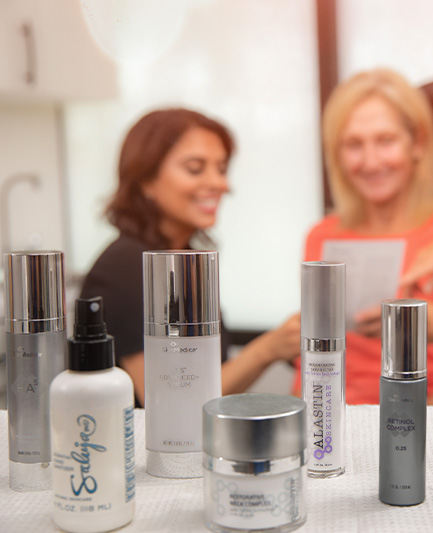SEARCH OUR WEBSITE
Understanding Sun Exposure Myths, Facts, and Protection Tips
As summer approaches, many look forward to spending more time outdoors, soaking up the sun. However, it’s crucial to understand the impact of sun exposure on our skin and the best ways to protect ourselves. In a recent episode of the “Stuff You Should Know” podcast, hosts Josh Clark and Charles W. “Chuck” Bryant delve into the science behind sunburn, suntans, and sunscreen. Here’s a comprehensive overview of their discussion, including common myths and essential protection tips.
The Science of Sun Exposure
The sun emits various types of energy, including infrared heat, visible light, and ultraviolet (UV) light. UV light is divided into three categories: UVA, UVB, and UVC. While UVC rays are blocked by the Earth’s atmosphere, UVA and UVB rays reach the surface and can cause significant skin damage. UVB rays are mainly responsible for sunburn, whereas UVA rays penetrate deeper, leading to skin aging and long-term damage.
Debunking Myths About Tanning and Sunburn
Tan and Sunburns Are the Same
Implemented by our highly trained practitioners, Dr. Anita Saluja and Rebecca Novo, MD, Botox treatments offer a chance to substantially counteract sun-induced aging while desired changes are noticeable almost immediately. Plus, the procedure usually doesn’t take more than 10-15 minutes!
Base Tan Myth
Another myth is that a “base tan” offers protection against sunburn. Studies have shown that a base tan provides minimal protection, roughly equivalent to an SPF of 3 or less, which only provides about ten extra minutes of sun protection. Relying on a base tan can lead to a false sense of security and an increased risk of skin damage and cancer.
The Evolution of Sunscreen
The history of sunscreen dates back to ancient Egypt, but modern formulations have significantly advanced. Early sunscreens, like those developed by Milton Blake in the early 1900s and Franz Greiter’s Piz Buin Glacier Cream in 1946, laid the foundation for today’s products. Contemporary sunscreens offer broad-spectrum protection against
UVA and UVB rays, a crucial feature for adequate sun protection. When choosing sunscreen, it is important to look for broad-spectrum protection and a high SPF. The recommended amount is about an ounce (a shot glass full) for the body and a nickel-sized amount for the face and neck, applied 15 to 30 minutes before sun
exposure. Reapplication is necessary every two hours or immediately after swimming or sweating.
Practical Tips for Sun Protection
To protect your skin effectively, consider incorporating these tips into your routine:
Wear UPF-Rated Clothing
These garments provide additional protection by blocking UV rays.
Use a Wide-Brimmed Hat and Sunglasses
These accessories shield your face and eyes from direct sunlight.
Choose the Right Sunscreen
Opt for a broad-spectrum sunscreen with a high SPF. Apply it generously and reapply regularly.
Don’t Rely Solely on Sunscreen
Combine sunscreen with other protective measures like seeking shade and wearing protective clothing.
Embracing Safe Sun Practices
Understanding the science of sun exposure and debunking common myths can help you make informed decisions about sun protection. Adopting effective sun safety practices allows you to enjoy the outdoors while minimizing the risk of skin damage and long-term health issues.
Listen Now
For more detailed insights and practical advice, be sure to listen to the full episode of “Stuff You Should Know.” Equip yourself with the knowledge to protect your skin and embrace the summer sun responsibly.
Contact Us
Contacting a professional about your skin and aging concerns can transform your health, wellness, and appearance. Contact us at Dermatology + Plastic Surgery by filling out our online contact form to schedule an appointment and learn more about our anti-aging and summer skin tips.
BACK TO ALL BLOGSCONTACT US FOR YOUR Customized Consultation
Fill out the form below or call us at (321) 395-3298 to schedule your custom consultation.

REVEAL YOUR MOST Radiant Skin
Dermatologist Dr. Anita Saluja and plastic surgeon Dr. Rebecca Novo have created an online shop for your convenience. They have curated scientific skin care products that they believe will deliver results: For Your Best Self. And you can always contact our office with any questions.
SHOP OUR SKIN STORE

